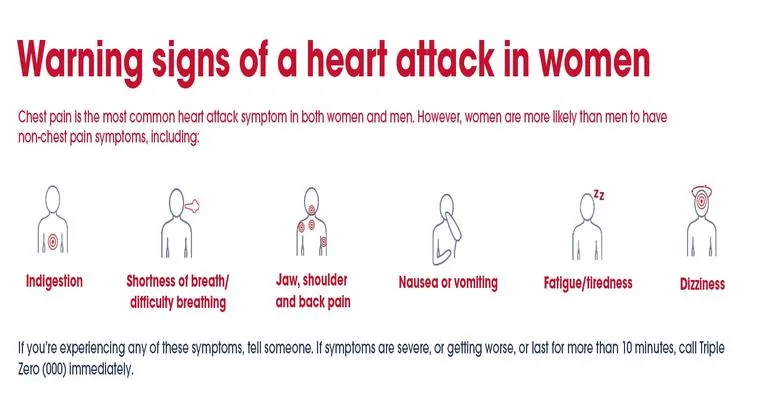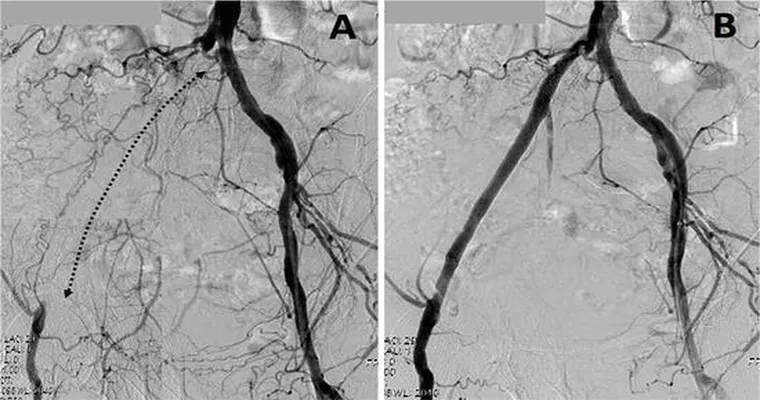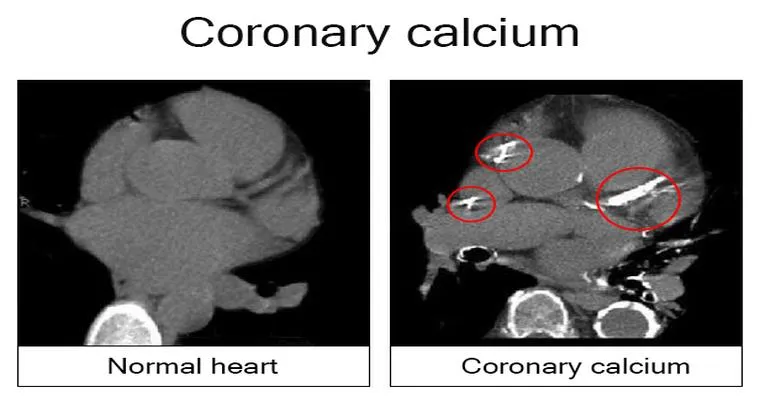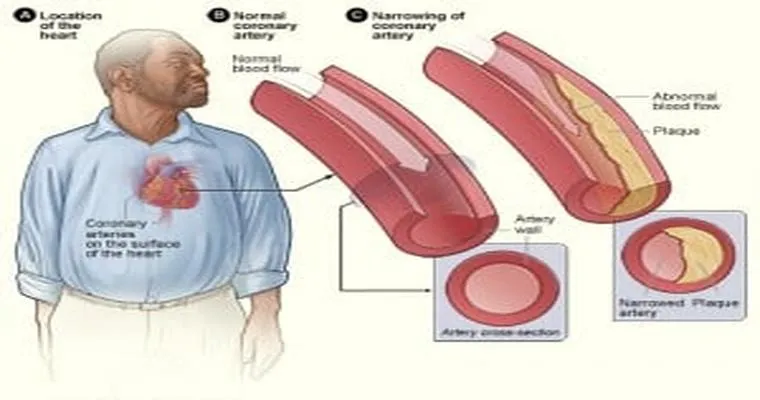A "heart attack" is a serious medical condition that occurs when the blood flow to the heart is blocked, leading to damage or death of heart muscle tissue. Understanding the "warning signs" and "risk factors" associated with heart attacks is crucial for early intervention and prevention. In this article, we will explore the key indicators that may signal a heart attack and the various factors that can increase your risk.
Warning Signs of a Heart Attack
Recognizing the warning signs of a heart attack can be lifesaving. Some of the most common symptoms include:
1. "Chest Pain or Discomfort": Often described as a feeling of pressure, squeezing, or fullness in the center or left side of the chest. This sensation may last for more than a few minutes or go away and come back.
2. "Shortness of Breath": This may occur with or without chest discomfort and can happen during rest or physical activity.
3. "Pain in Other Areas of the Body": Discomfort may radiate to the shoulders, neck, arms, back, teeth, or jaw.
4. "Cold Sweat": A sudden onset of sweating that is not related to physical exertion can indicate a heart attack.
5. "Nausea or Lightheadedness": Some individuals may experience feelings of nausea, indigestion, or even lightheadedness.
It is important to note that not everyone will experience the same symptoms, and some people may have mild symptoms that can be easily overlooked.
Risk Factors for Heart Attack
Several "risk factors" can increase the likelihood of experiencing a heart attack. Awareness of these factors can help in taking proactive measures to reduce the risk. Key risk factors include:
1. "Age": As you get older, your risk for heart disease increases, especially for men over the age of 45 and women over the age of 55.
2. "Family History": A family history of heart disease can significantly elevate your risk, particularly if immediate family members were affected at a young age.
3. "High Blood Pressure": Hypertension puts extra strain on your heart and blood vessels, increasing the risk of a heart attack.
4. "High Cholesterol": Elevated levels of LDL cholesterol can lead to the buildup of plaques in the arteries, restricting blood flow.
5. "Smoking": Tobacco use is a major risk factor, as it damages the lining of blood vessels and reduces oxygen in the blood.
6. "Diabetes": Having diabetes increases the likelihood of heart disease, especially if blood sugar levels are not well managed.
7. "Obesity": Excess body weight can contribute to high blood pressure, high cholesterol, and diabetes, all of which are risk factors for heart attacks.
8. "Sedentary Lifestyle": Lack of physical activity can lead to weight gain and increased risk of heart disease.
9. "Stress": Chronic stress may contribute to heart disease risk factors such as high blood pressure and unhealthy coping mechanisms like smoking or poor diet.
10. "Unhealthy Diet": A diet high in saturated fats, trans fats, and cholesterol can raise blood cholesterol levels, increasing heart attack risk.
Conclusion
Understanding the "warning signs" and "risk factors" associated with a heart attack is essential for prevention and prompt treatment. If you or someone you know experiences any symptoms indicative of a heart attack, it is crucial to seek medical attention immediately. By being aware of the risk factors, you can take steps to lead a healthier lifestyle and reduce your chances of experiencing a heart attack. Regular check-ups and a heart-healthy diet can go a long way in maintaining cardiovascular health. Stay informed and proactive about your heart health to ensure a longer, healthier life.





